Albert, a photographer and film maker friend of mine came into the office one day in spring and asked me: “Paolo, I was supposed to cover the expedition of 15 volunteer doctors and nurses to the Gambia in October but I can’t make it. Would you like to go instead?”
I said yes right away without even knowing where exactly this country was. I knew it was in Africa and that was enough. Also the 6-month notice was quite flattering compared to what I’m used to. The mission was mostly financed by the Juaneda Group of Mallorca although the volunteers paid for their own flight tickets.
The Gambia was already interesting by looking at its map. A narrow strip of land that runs very close to its homonymous curvy river alternating the straight lines drawn in Paris or London. It looks like a splinter in the vastness of Senegal that the British Empire managed to secure after almost two centuries of struggle with the rival French colonizers.
With a population of 2.5 million, the Gambia’s economy is dominated by farming, fishing, and especially, tourism. The latter has been heavily hit by the current Covid 19 pandemic. In 2015, 48.6% of the population lived in poverty. In rural areas, poverty is even more widespread, at almost 70% (source: Wikipedia).
What struck me the most was to find out during further research that the Gambia was the land of origin of Kunta Kinte, a inhabitant of Jufure who was stolen from Africa by slave traders and then taken across the ocean all the way to Virginia, US. His story was eventually novelized by his very descendant Alex Haley in his book “Roots” and then turned into a TV series with the same name in the late 80’s. I remember watching it passionately with my family when I was kid.
I then got myself the audiobook but half way through it was already time to go. With that I have figured out that I’m not just a slow reader, I’m also a slow listener.
We landed in Banjul at night and as soon as I went out from the plane my glassed got all steamed. There we met Jose Luis Flores, founder of NGO Amigos de Gambia who was going to manage the logistics.
We started our journey on a small bus in the darkness and the first taste of Africa was reaching me just through smells and sounds.
Once in Sanyang we jumped onto jeeps and proceeded on a hard terrain until our lodge on the beach. There I got to know my room mate Pep Ribas, a highly energetic senior nurse and co-founder of the project – together with surgeon Jaume Julià – who was apparently a renown loud snorer. As the alien of the group and grateful for the given opportunity I accepted the condition without qualms.
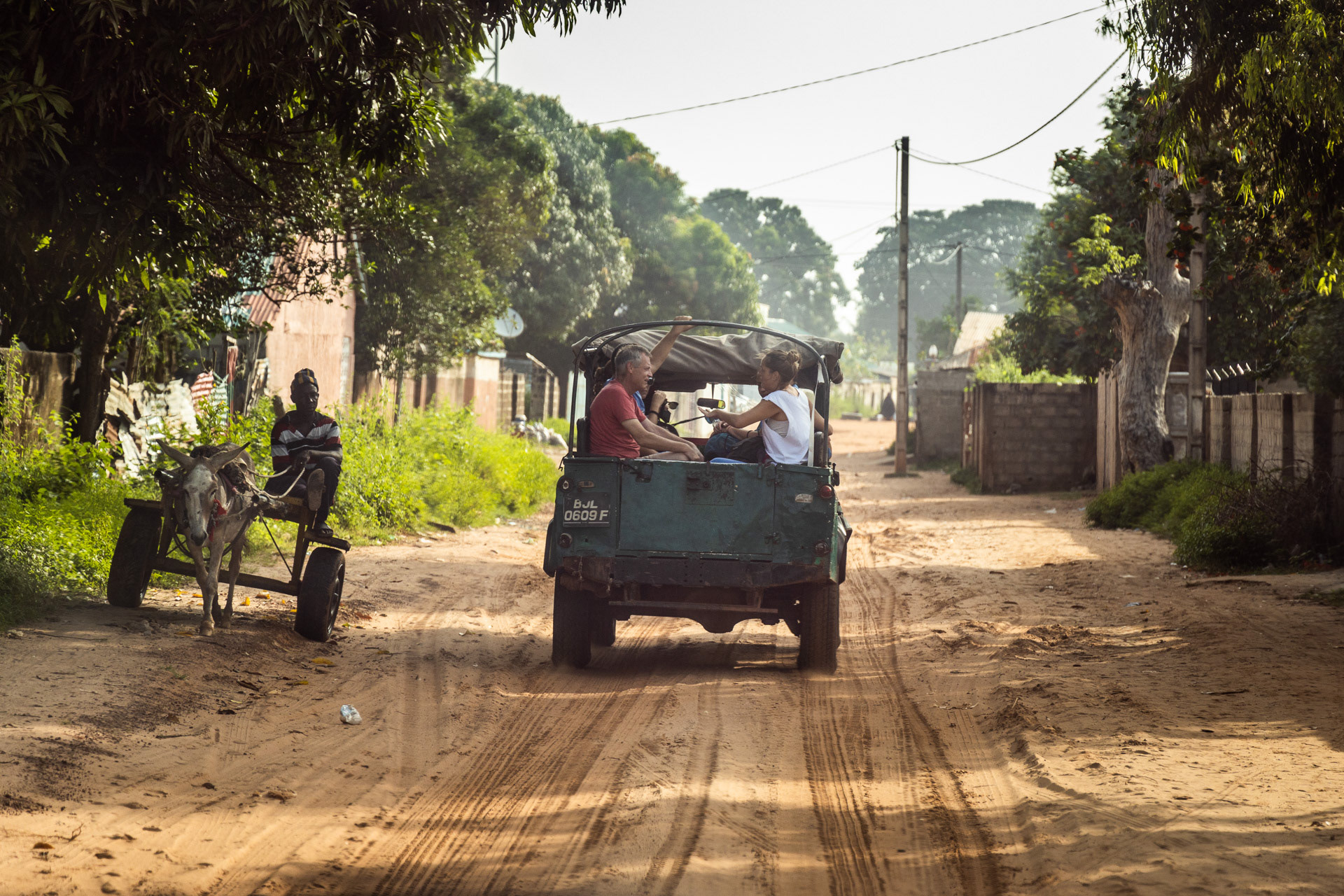
Every morning we would set off in two jeeps for a 45-minute journey from the coast across the idyllic countryside that surrounds Sanyang. The landscape would slowly populate with sparse small houses and then turn into a bustling little town sliced by vibrant red dirt roads.
Day one at the hospital was all about preparing the rooms and the material.
I set up two cameras for some time-lapse videos and went about to get an idea of what was going to be happening in the next few days. I was mostly thinking about the light, whether to use a tripod or not, best settings for the camera and so on but I was omitting perhaps subconsciously a major unknown: blood.
Sanyang hospital covers for a population of approximately 50.000 people but it has no doctor. The highest ranking team member who is also the manager is a qualified nurse.
I got the demonstration of what a “doctorless hospital” is like when Bob, a man in his late 50’s, called me up and showed me his injury. He was holding his leg in mid air, amputated below the knee and clearly left without further treatment. I think he told me the whole story about it but I have no recollection of any other details apart from the look of the inside of his leg. I explained that I was just a photographer and would have called a nurse for him. Maria Jose came and had a quick look. She then asked me to take some close-ups.
As soon as I was done I needed to go out for some fresh air but there was no such thing outside. I got away with just the change of scenery.
Apart from Bob’s and others’, the vast majority of cases treated were of neurofibromatosis, a genetic disorder that causes nerve tissue to grow tumours, sometimes malignant.
The condition may also trigger various symptoms and complications such as hearing loss, learning impairment, heart and blood vessel (cardiovascular) problems, loss of vision, and severe pain.
At times it can impair body functionality and always becomes a stigma for the person affected.
Every day patients were gathering outside the hospital in increasing numbers as the news of the visiting doctors spread across.
They were duly scrutinized and a consequent selection was made according to the available resources and personnel. There was no anaesthetist with us therefore more challenging surgeries were opted out.
It’s needless to say how uncomfortable and sad these situations were but the crew was handling them very well and the patients too, with remarkable dignity and calm acceptance most of the times.
Such rejected cases though were put on record for the following year with the hope of being able to operate the next time at full capacity.
The patients were prepared by the nurses, given an initial local anaesthetic by the doctors and subsequently undertake surgery.
The team was running around in barely sustainable temperatures, cleaning, preparing the tools, illuminating, cooling down the surgeons, calming nervous children or suffering adults, helping each other, doing a heck of a job in scorching temperatures and asphyxiating humidity.
I was expecting an atmosphere of rush, stress, shouting…but nothing like that happened. I was impressed by the harmony in which the staff would handle every situation with calm, professionalism, friendliness and commitment, trying to help, cure and treat as many cases as possible.
A young man travelled 600km and turned up on the last day after “end of operations”. After a short moment of silence the crew agreed to restart the practice and resume operations, one last time.
In 6 days about 70 surgeries took place, more than 200 treatments were done, almost 300 children were cared for and three big travel bags were also filled up with all possible recyclable waste to be returned to Mallorca with us.
After surgery patients would get a treatment, an explanation on what to do next and medicaments. The convalescents usually returned the following days for a check-up.
It must be noted how striking the coolness of the Gambian people is. The patients were enduring the sometimes lengthy and painful procedures with outstanding placidity.
It was also heart-warming to see the bond between patients and crew strengthening each time they met again.
Their gratitude and happiness was tangible and somehow returned by the very nurse or doctor who could see the joy in their faces as a result of their “sweaty efforts”, their hard work driven by their strong passion and giving nature.
I guess that’s why on the last day most of the crew had tears in their eyes when it was time to go. I didn’t take any pictures or videos then. I just wanted to live the moment as a team member, an equal, without that invisible wall that the camera often raises.
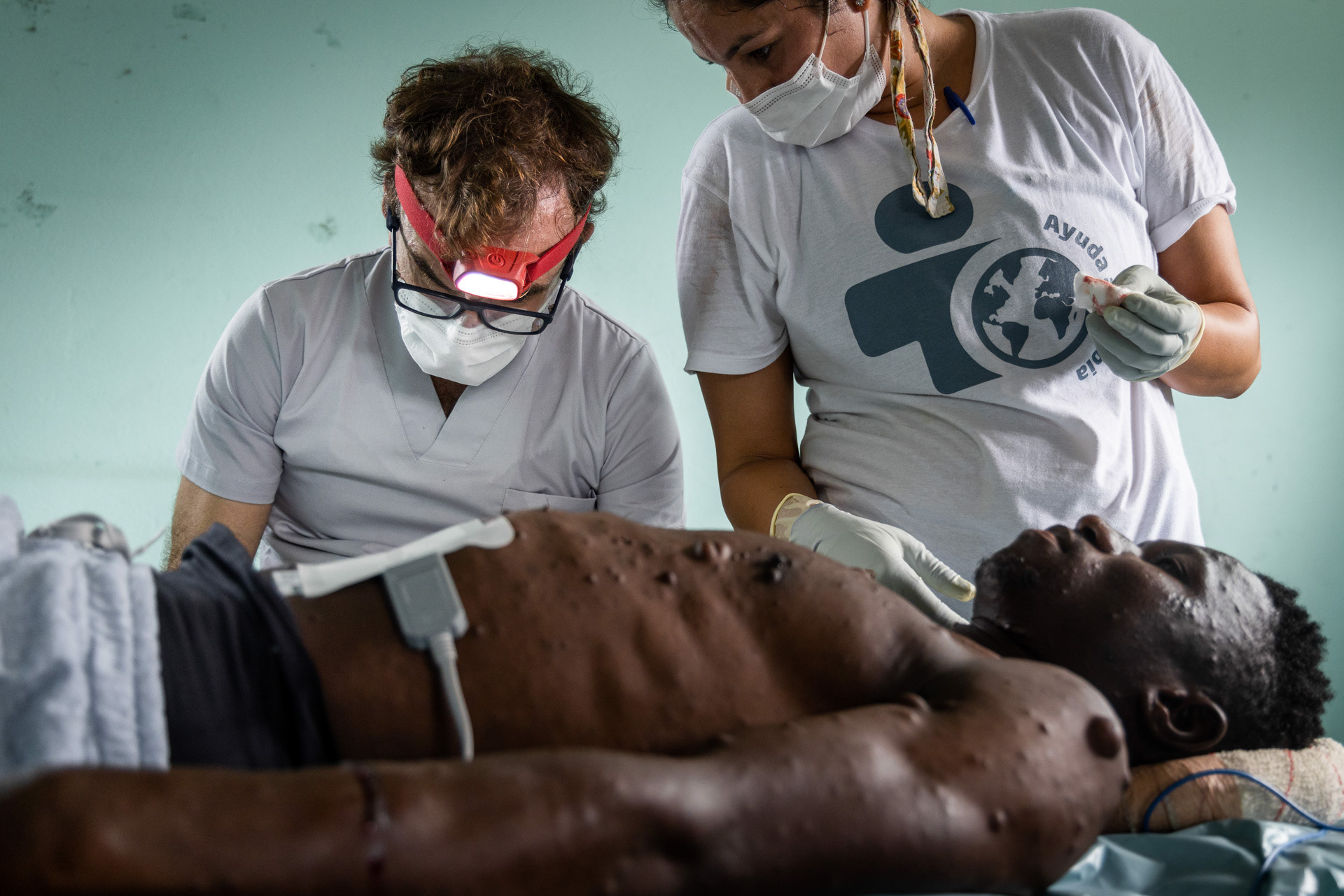
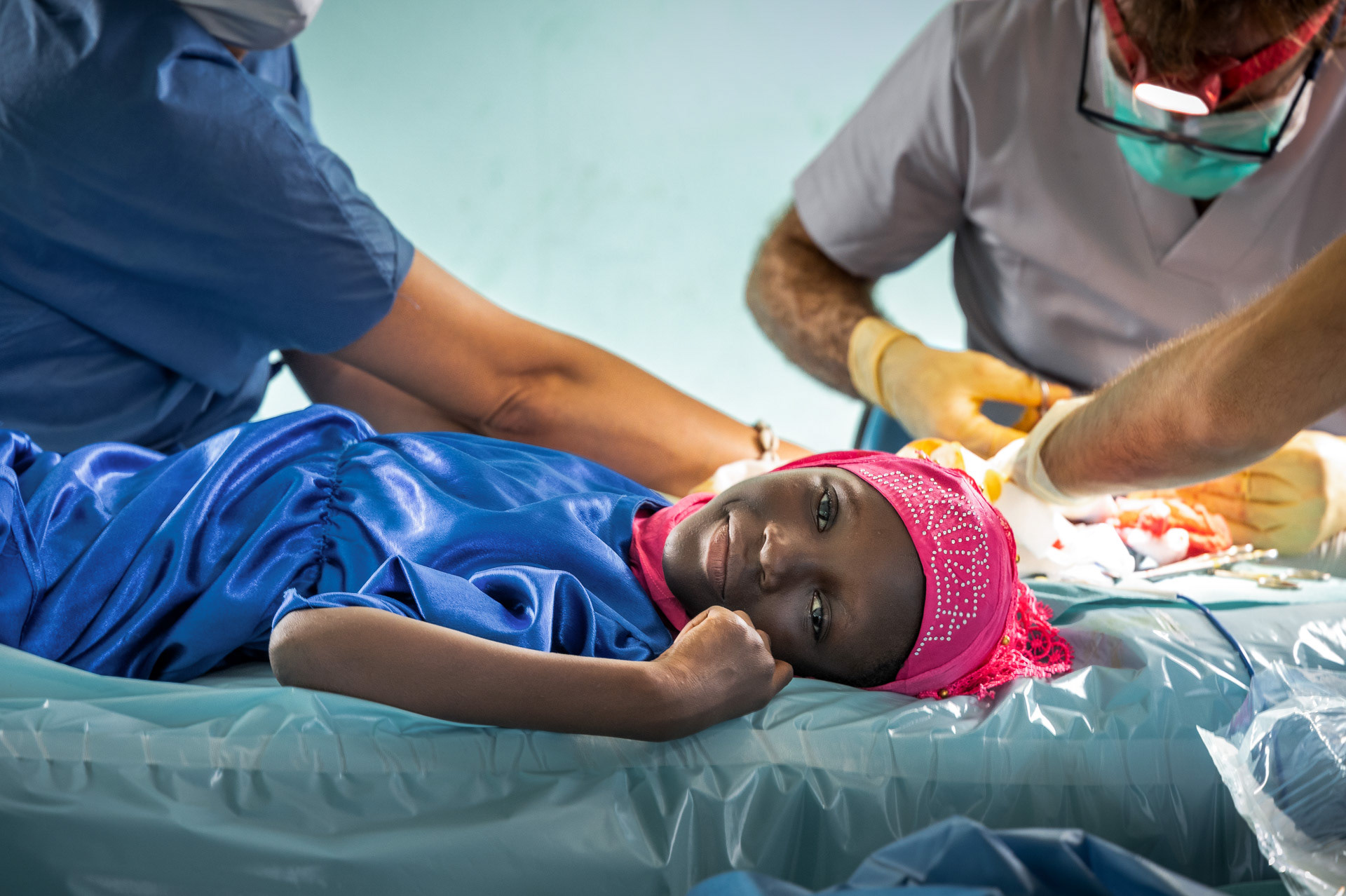

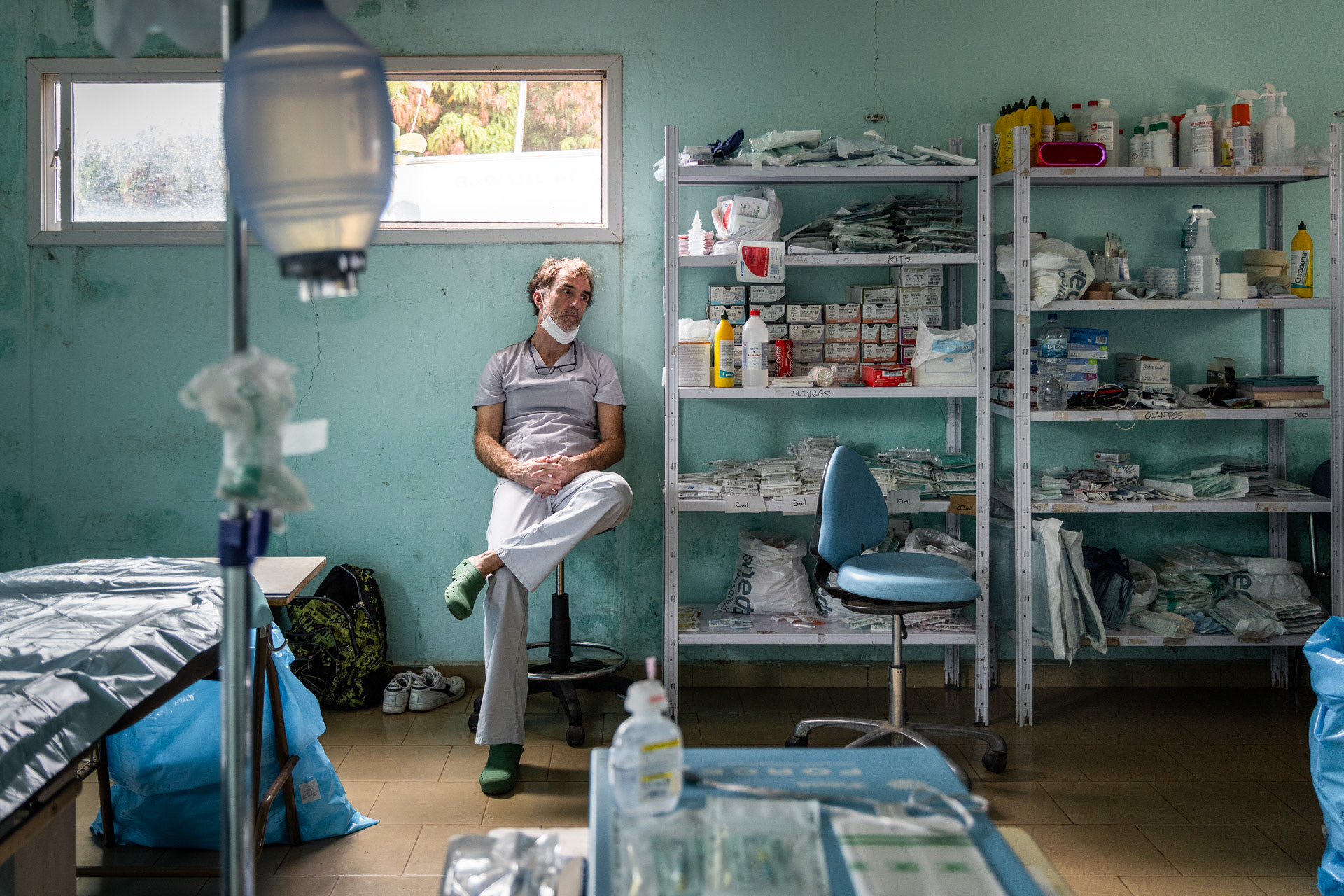
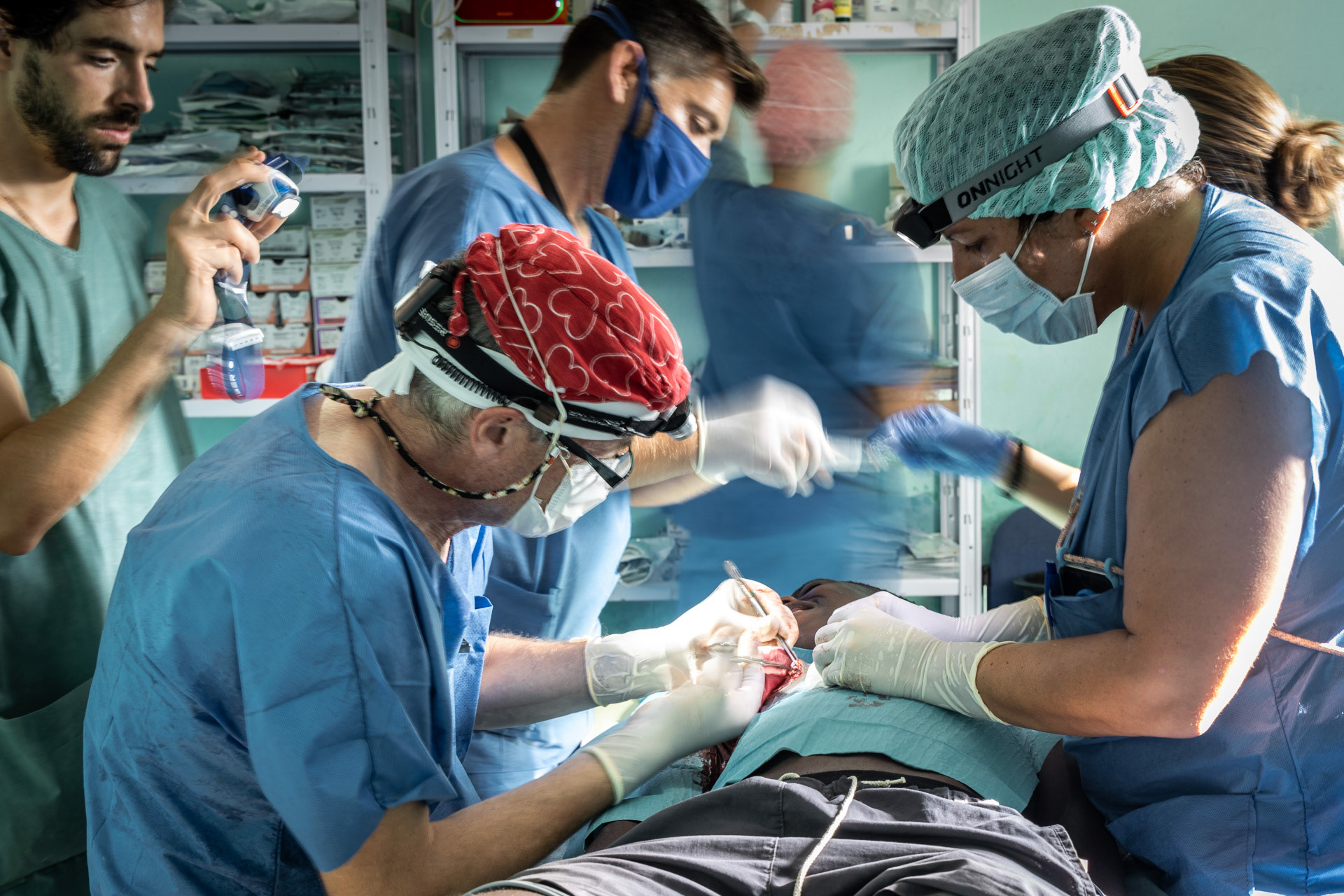
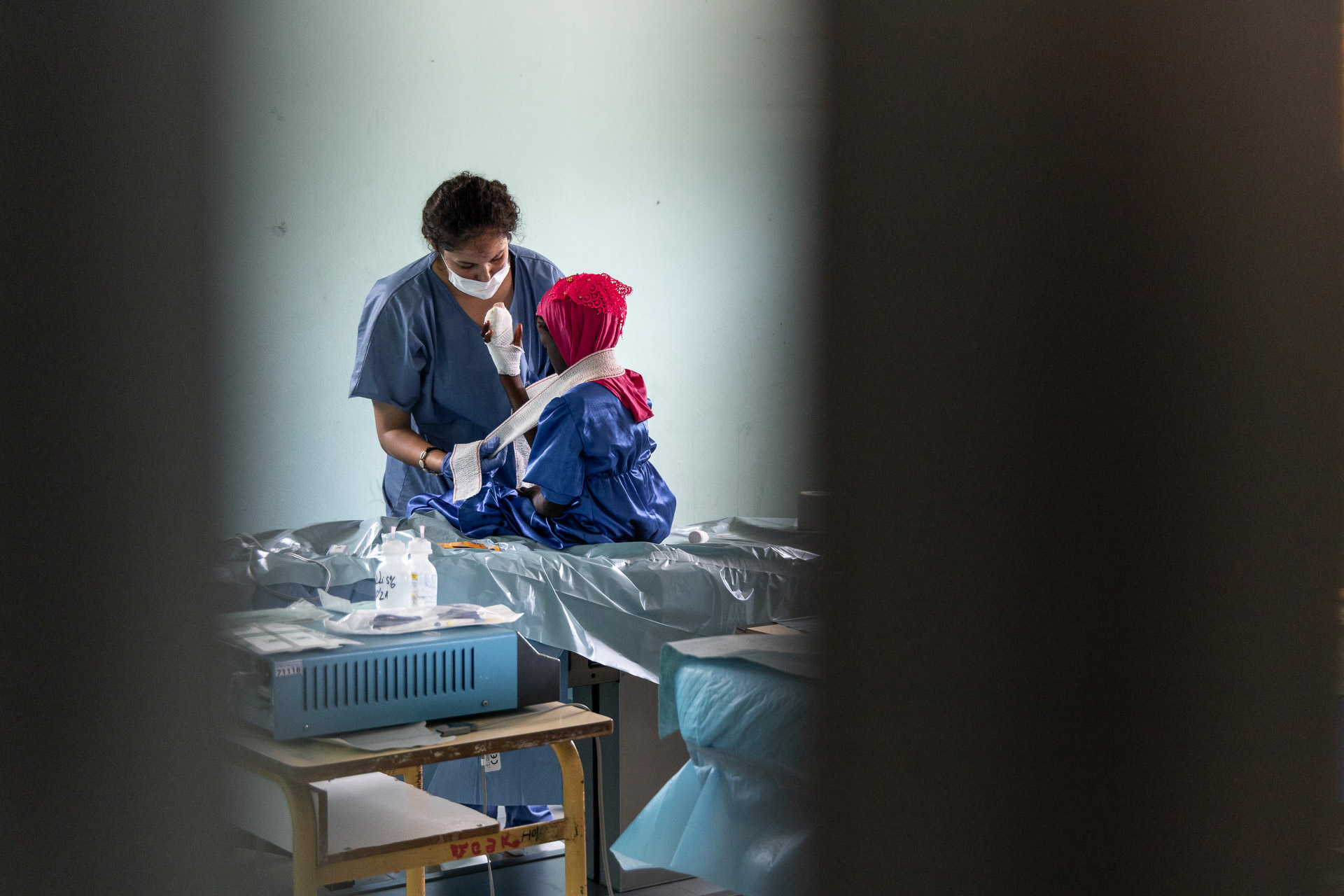
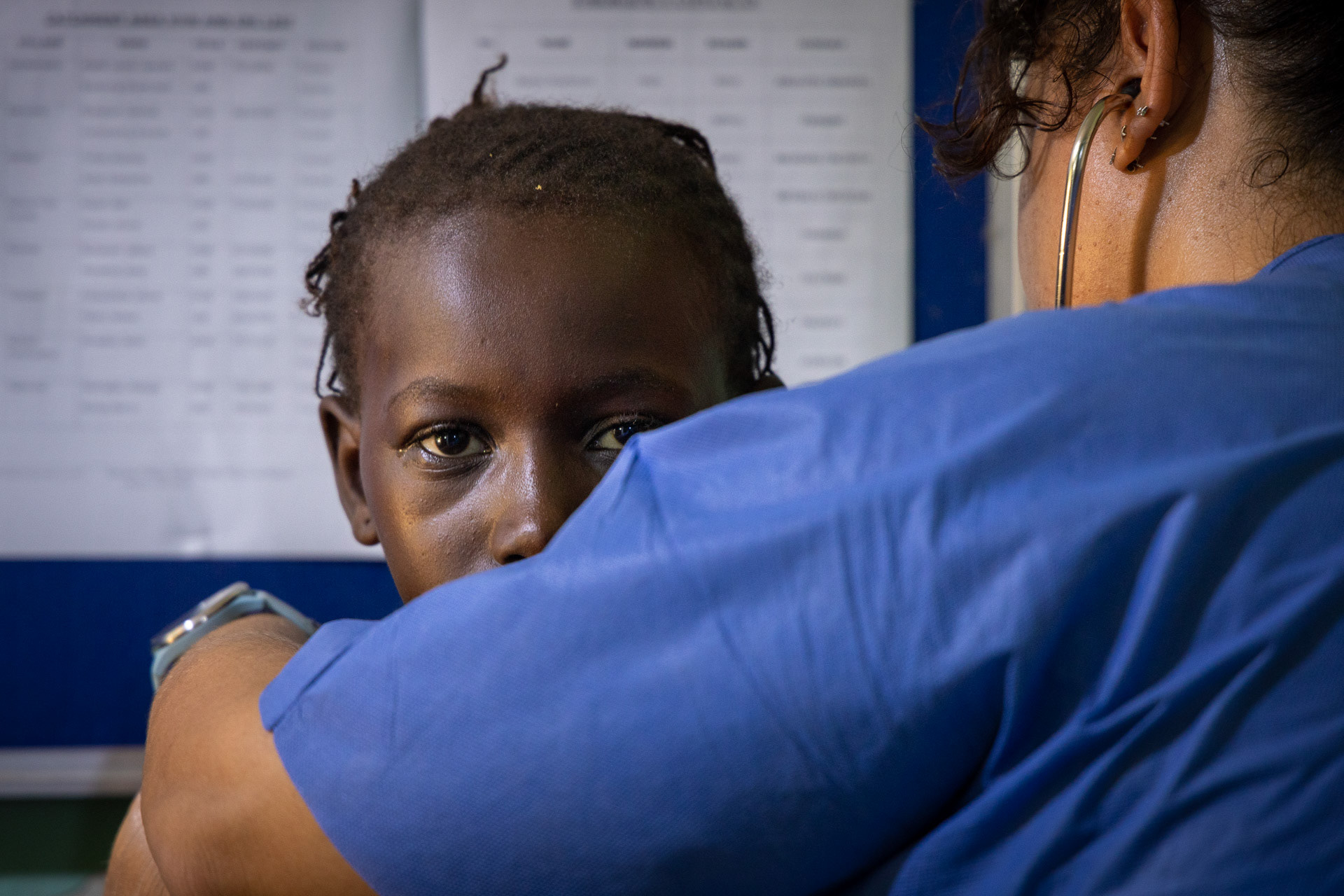
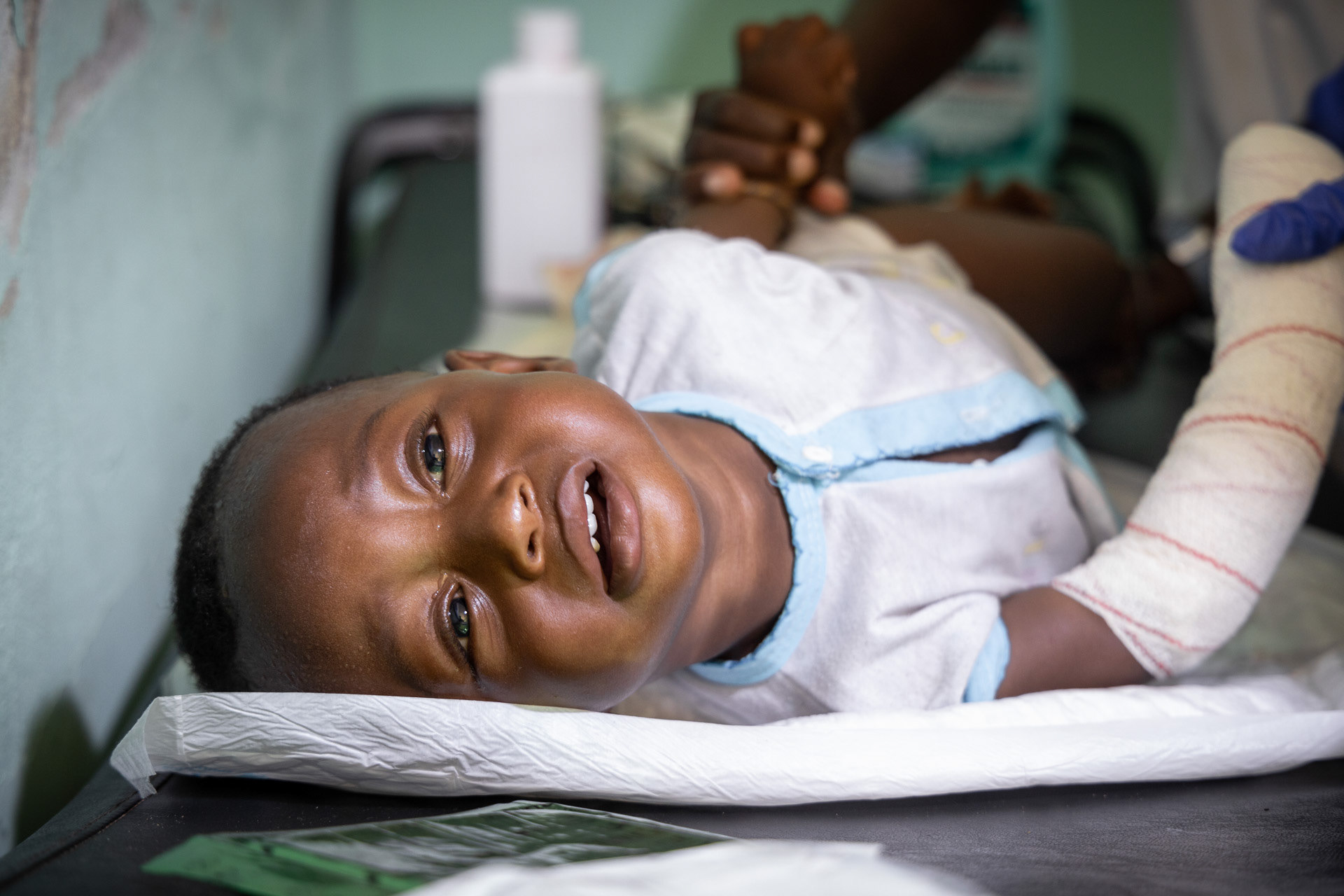



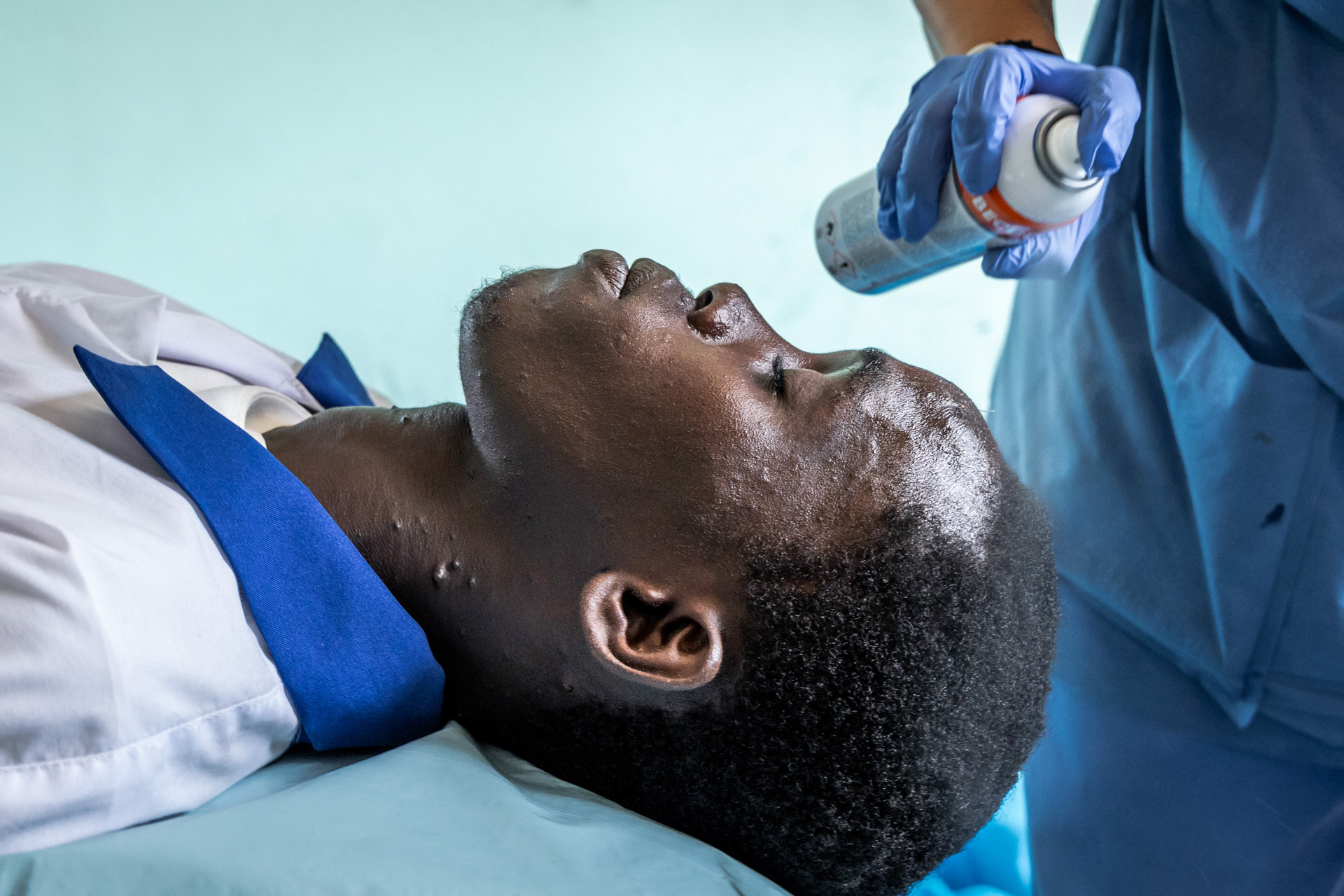
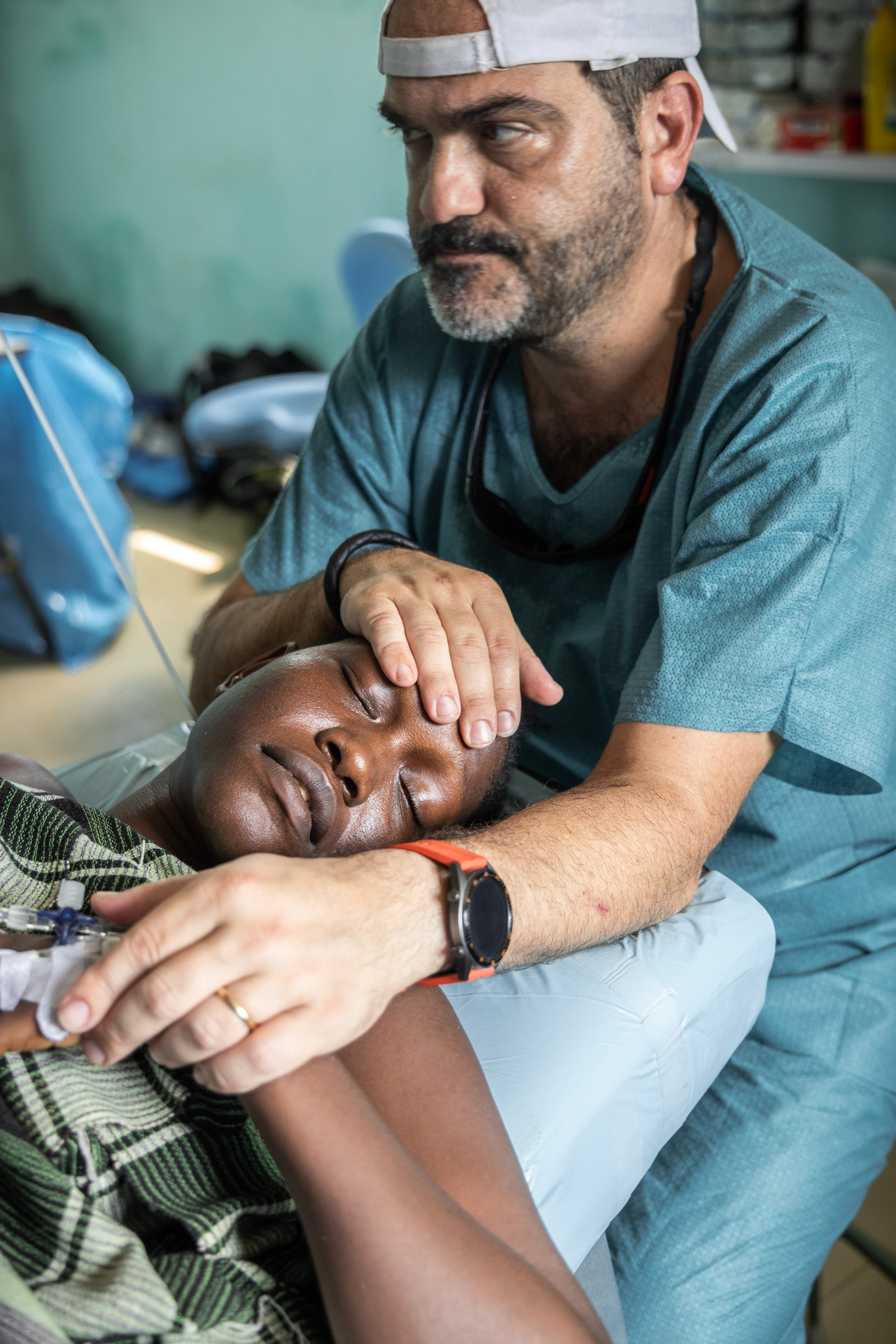
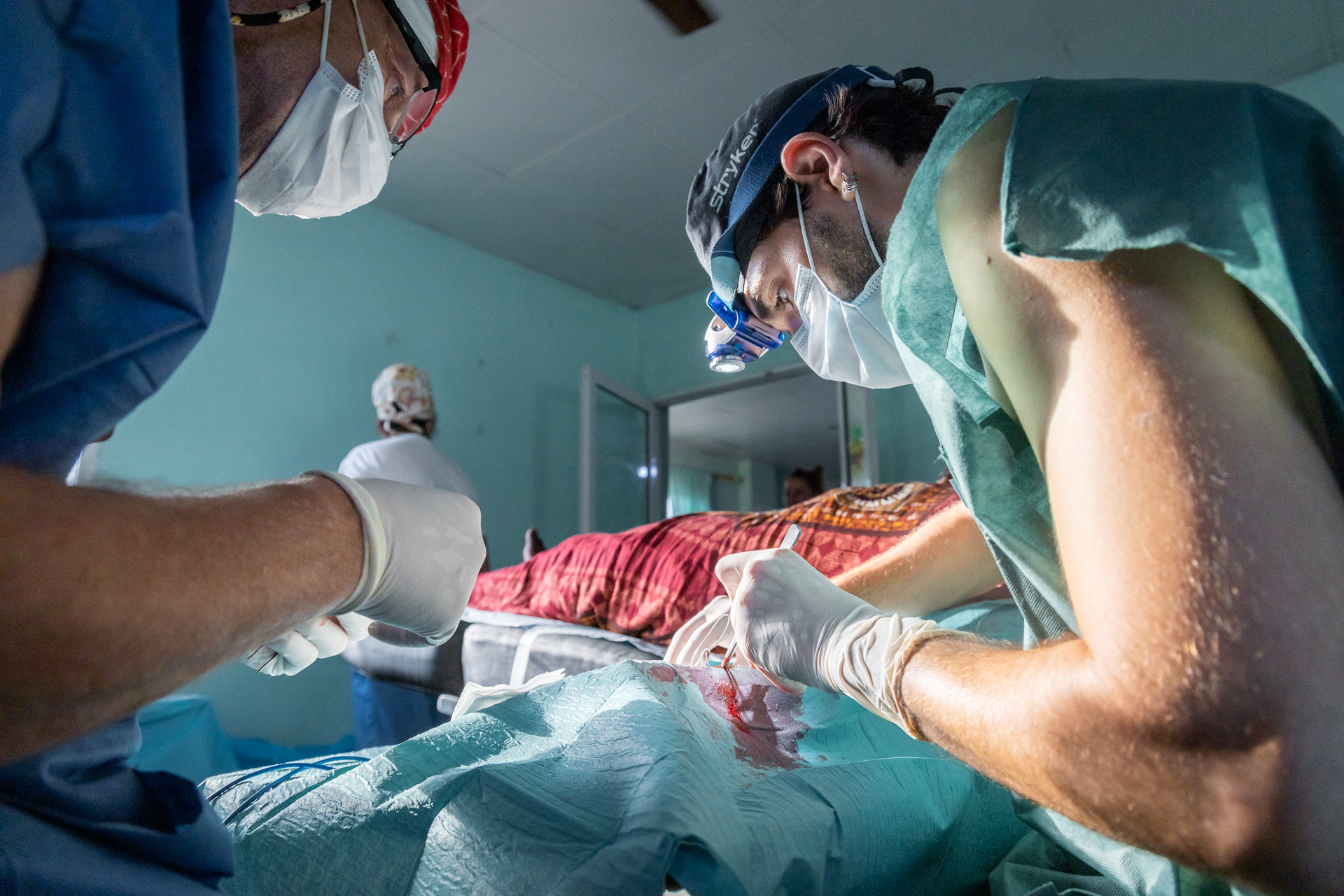
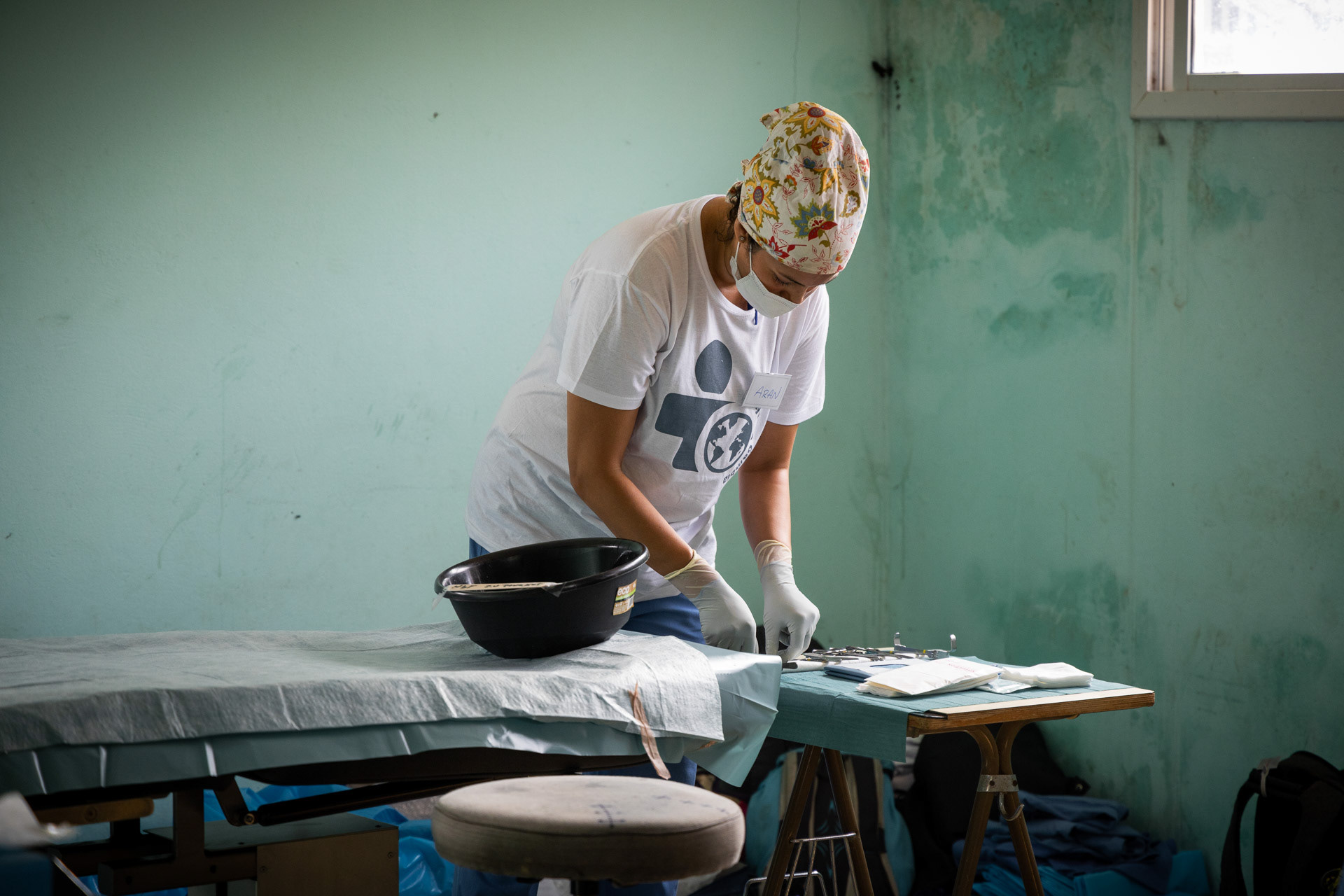
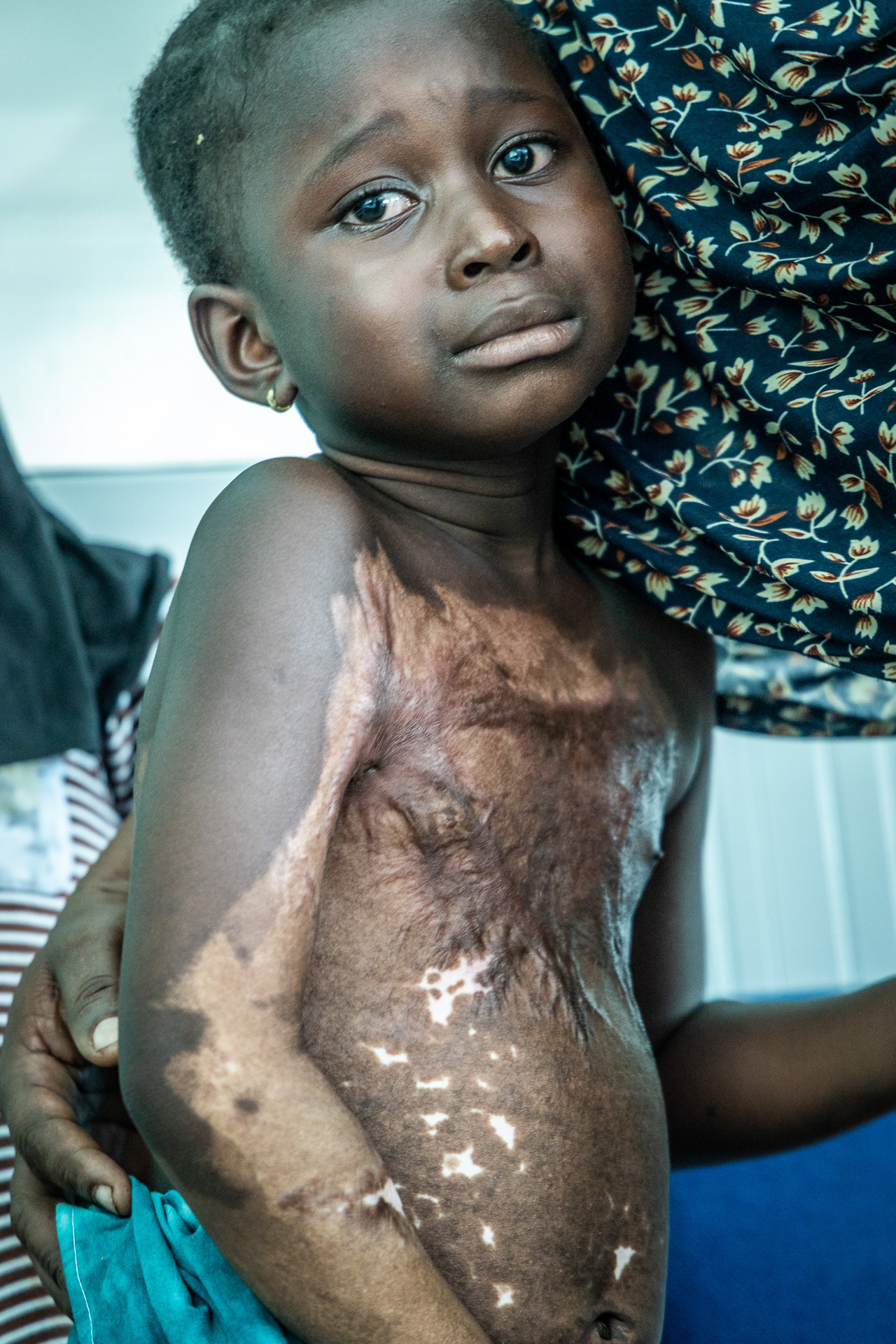
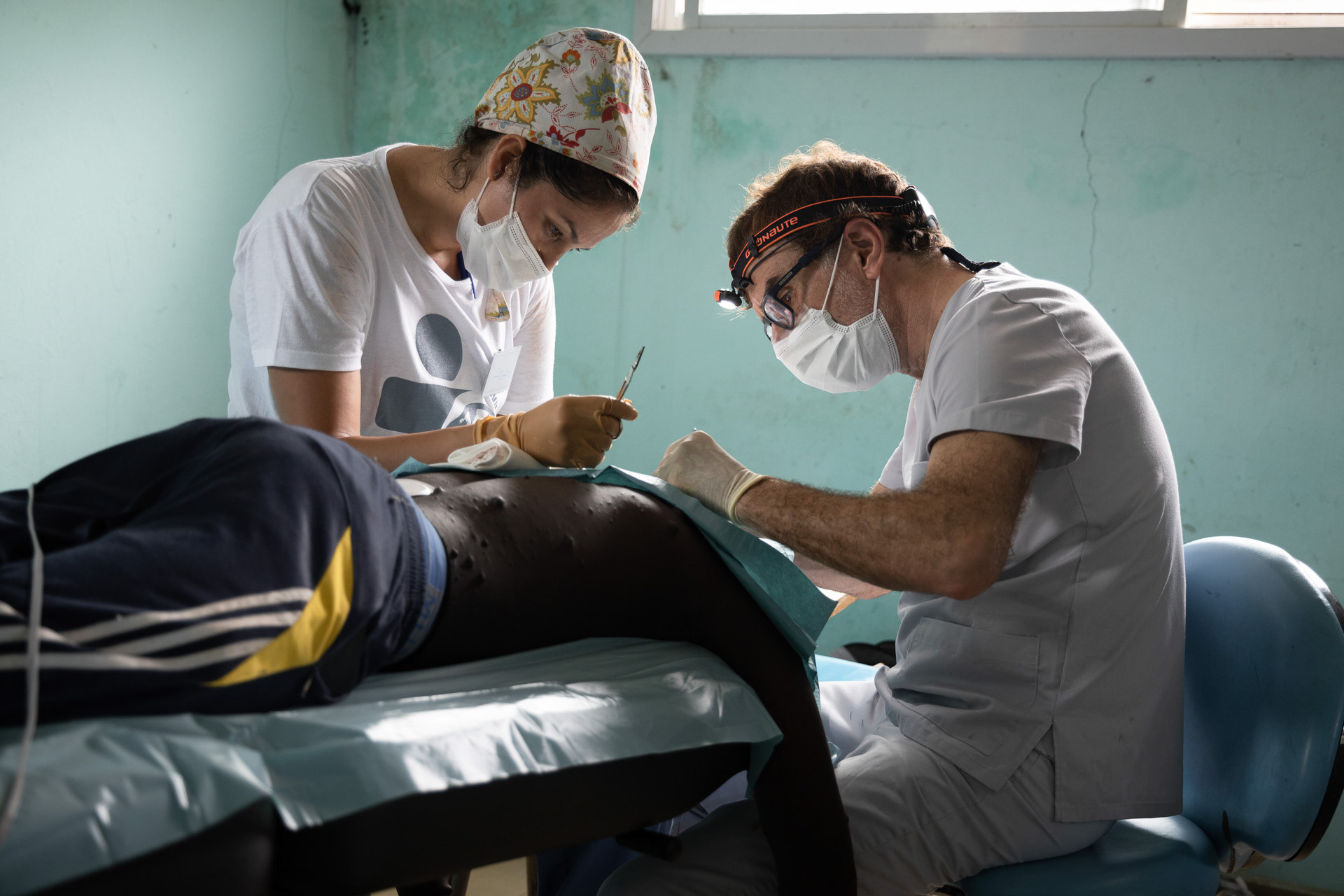
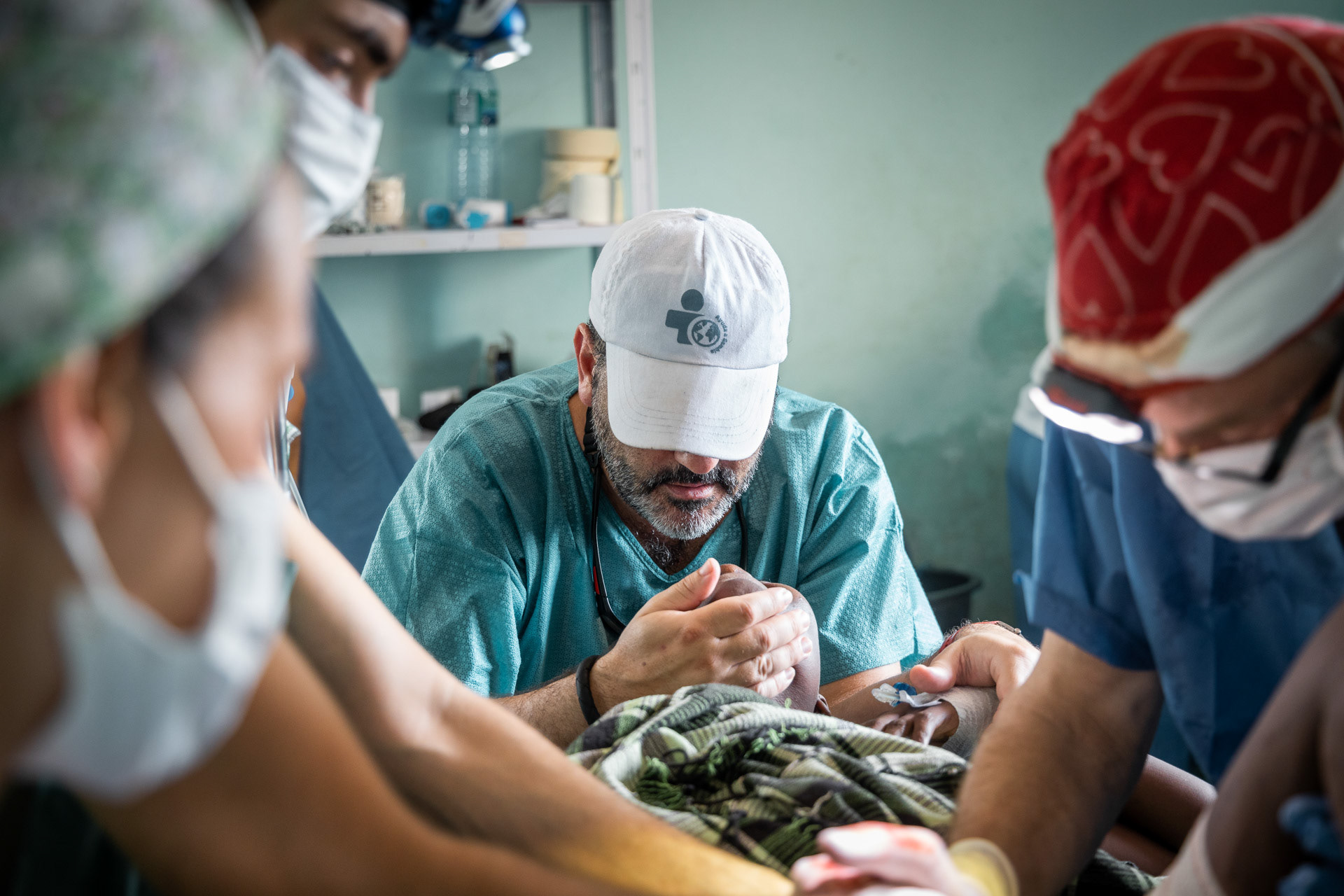
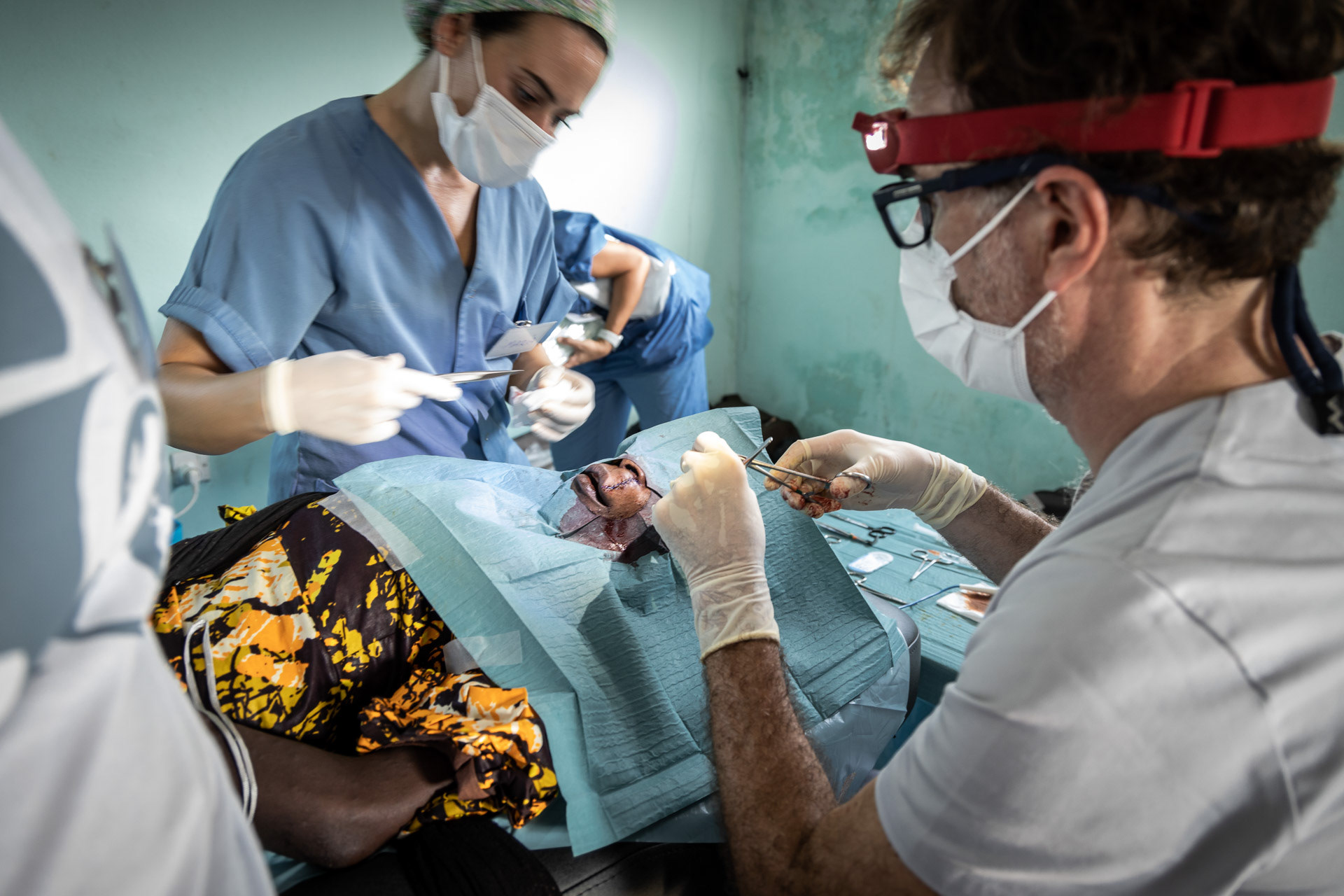
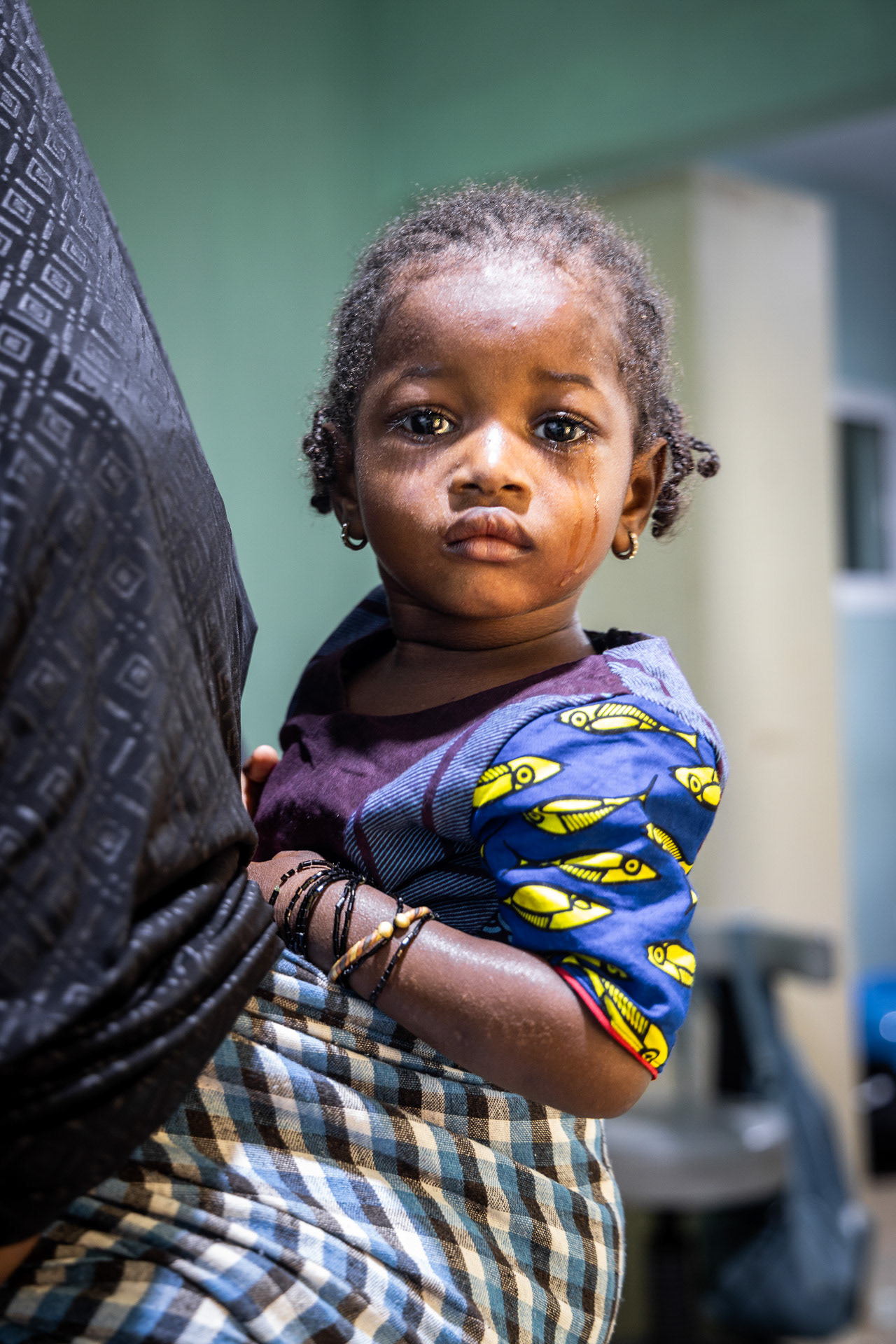
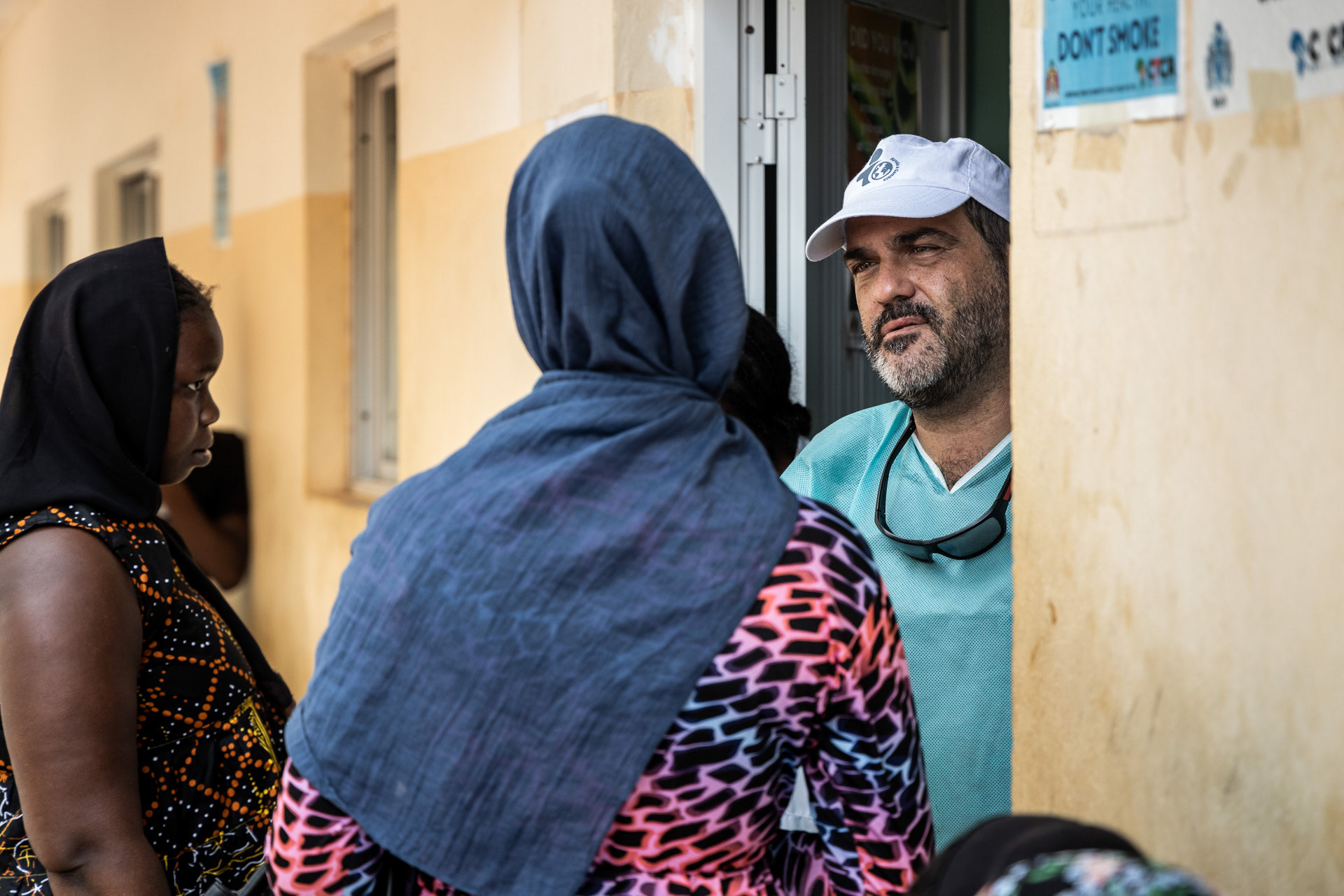
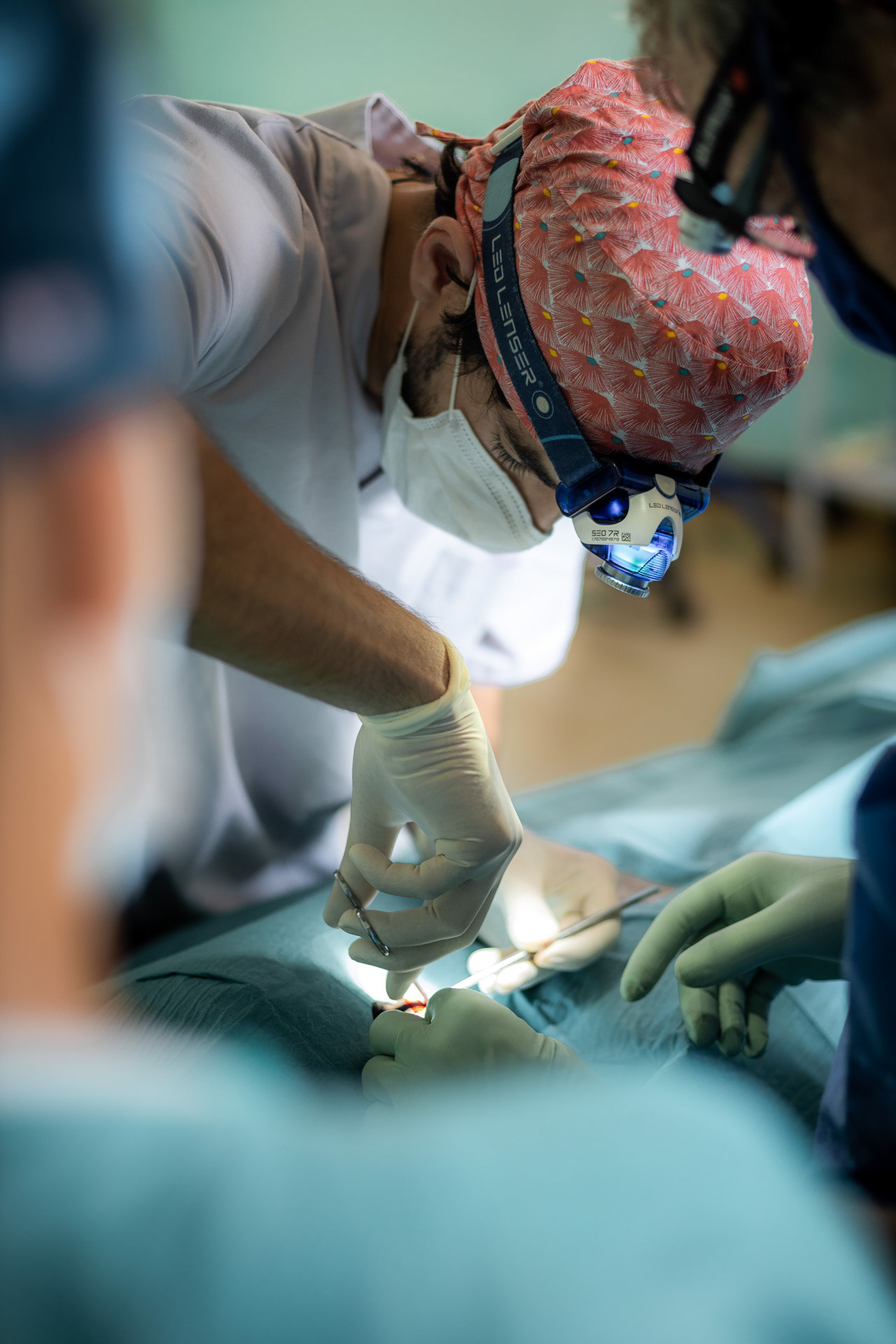
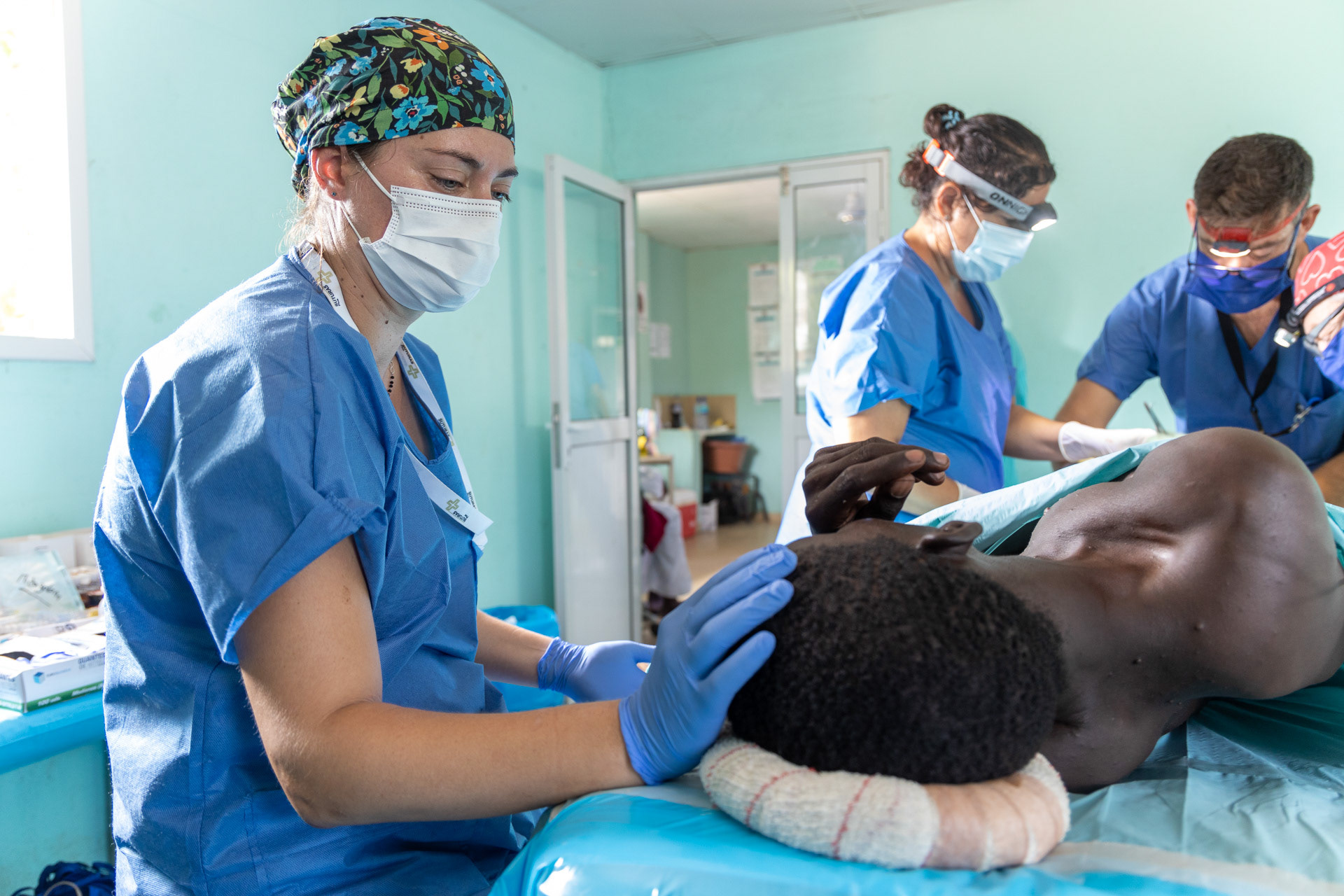

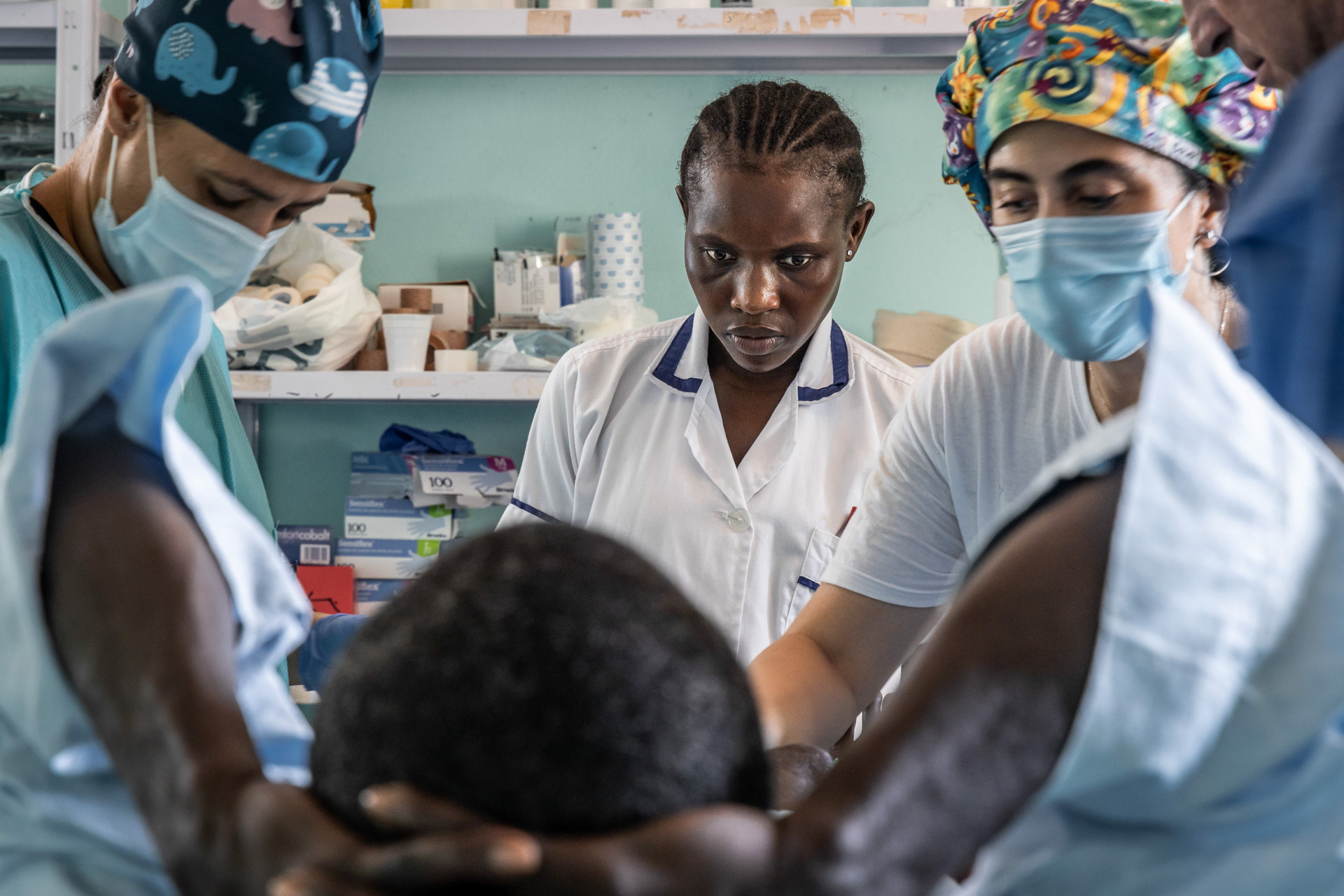


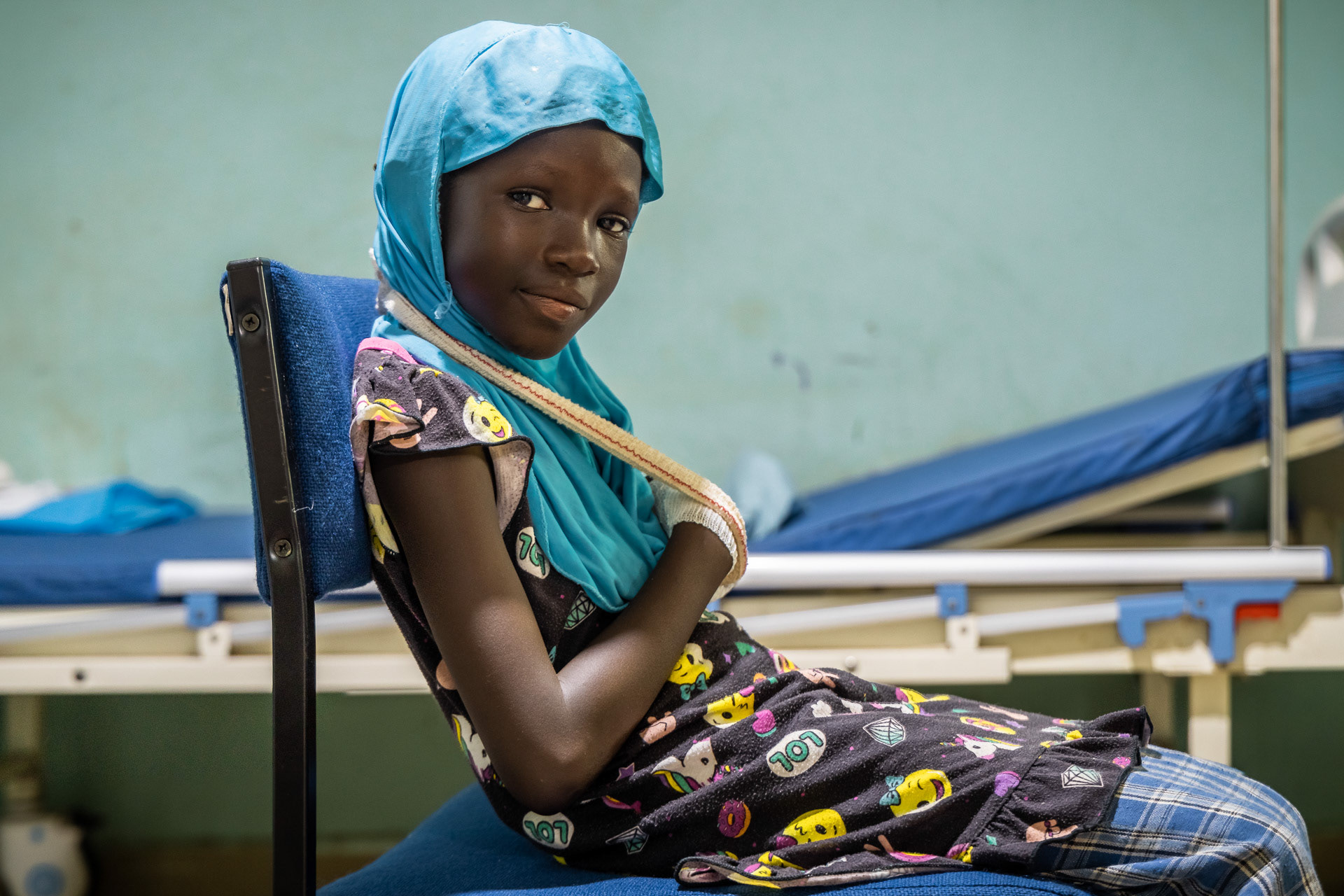
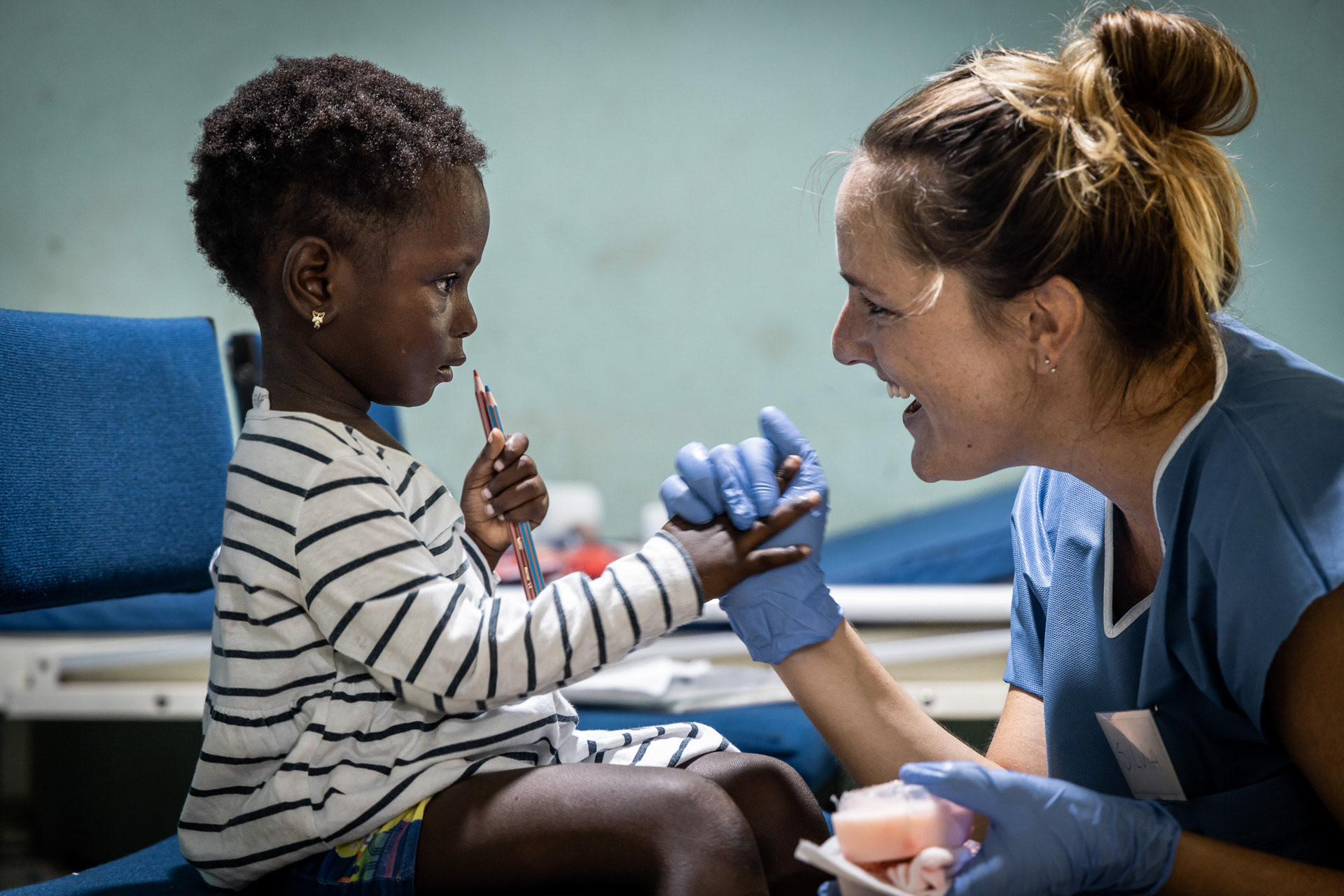
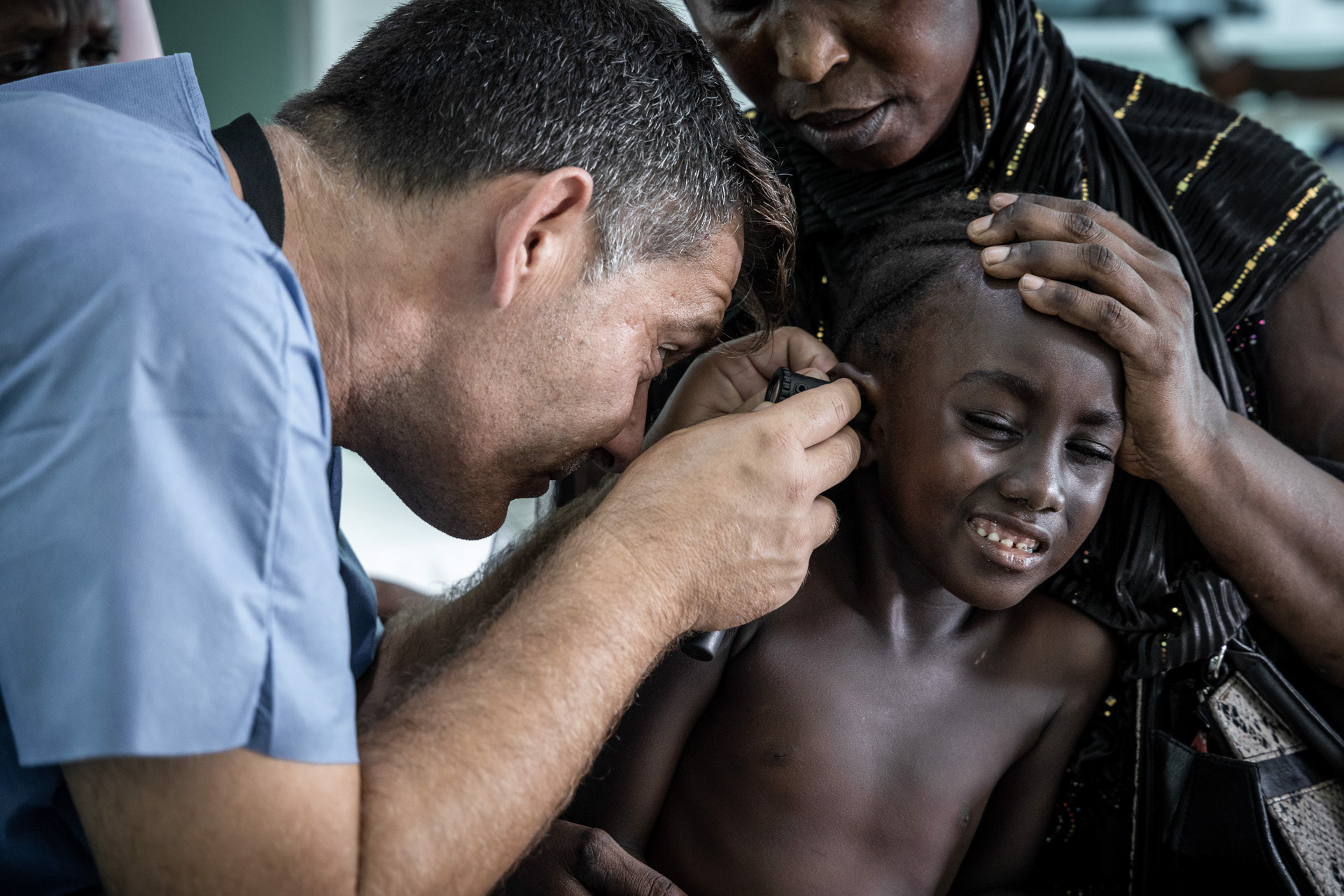

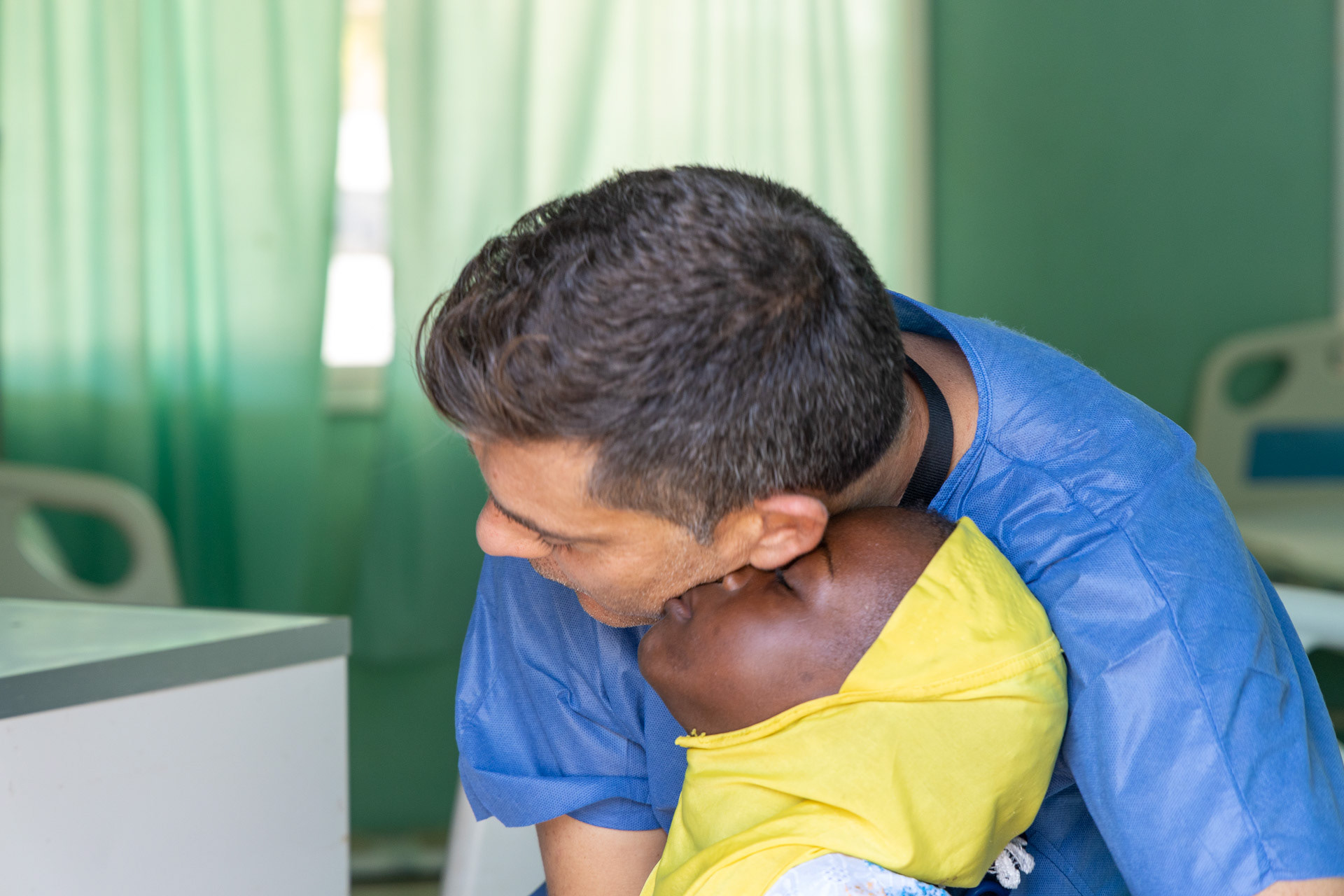

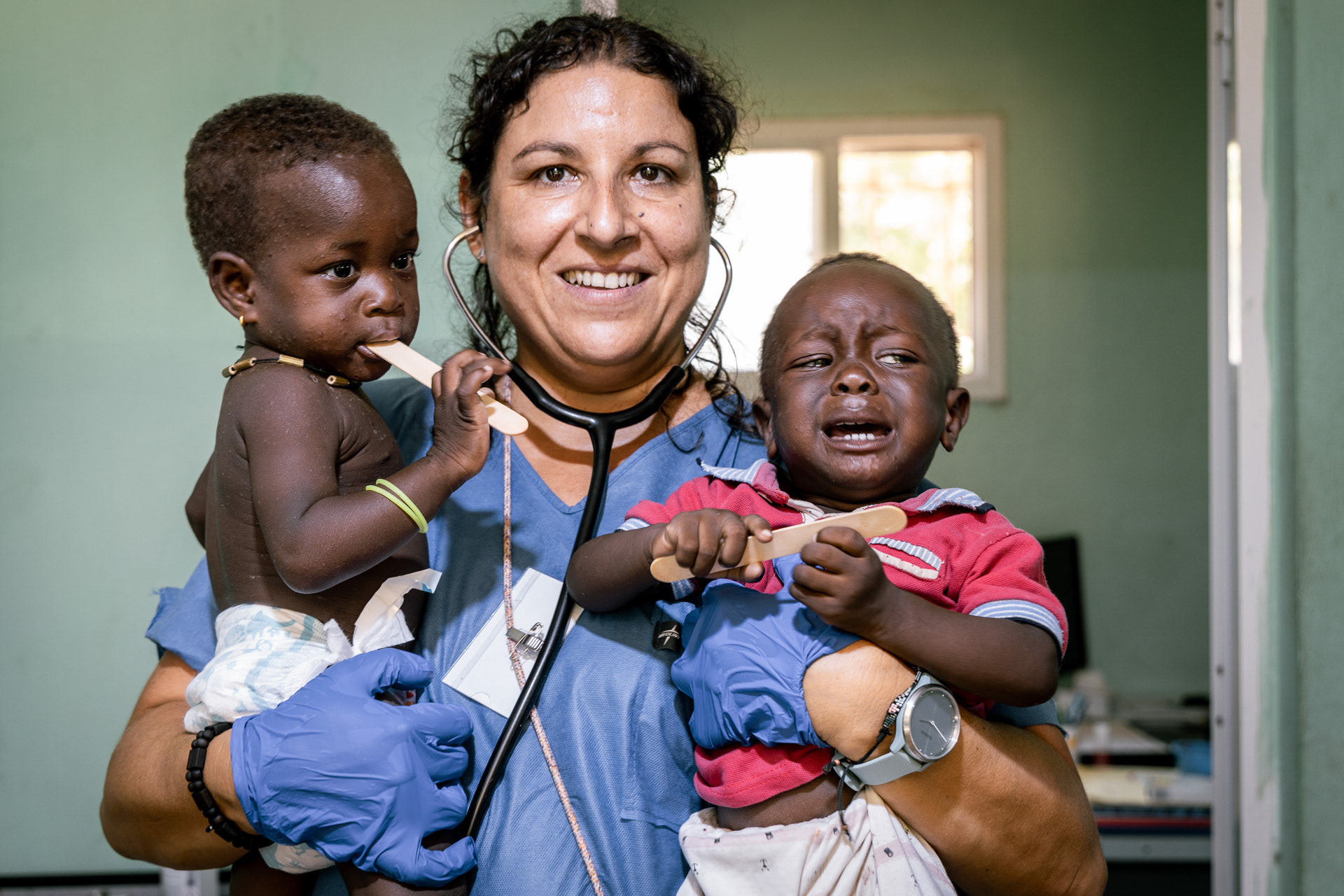

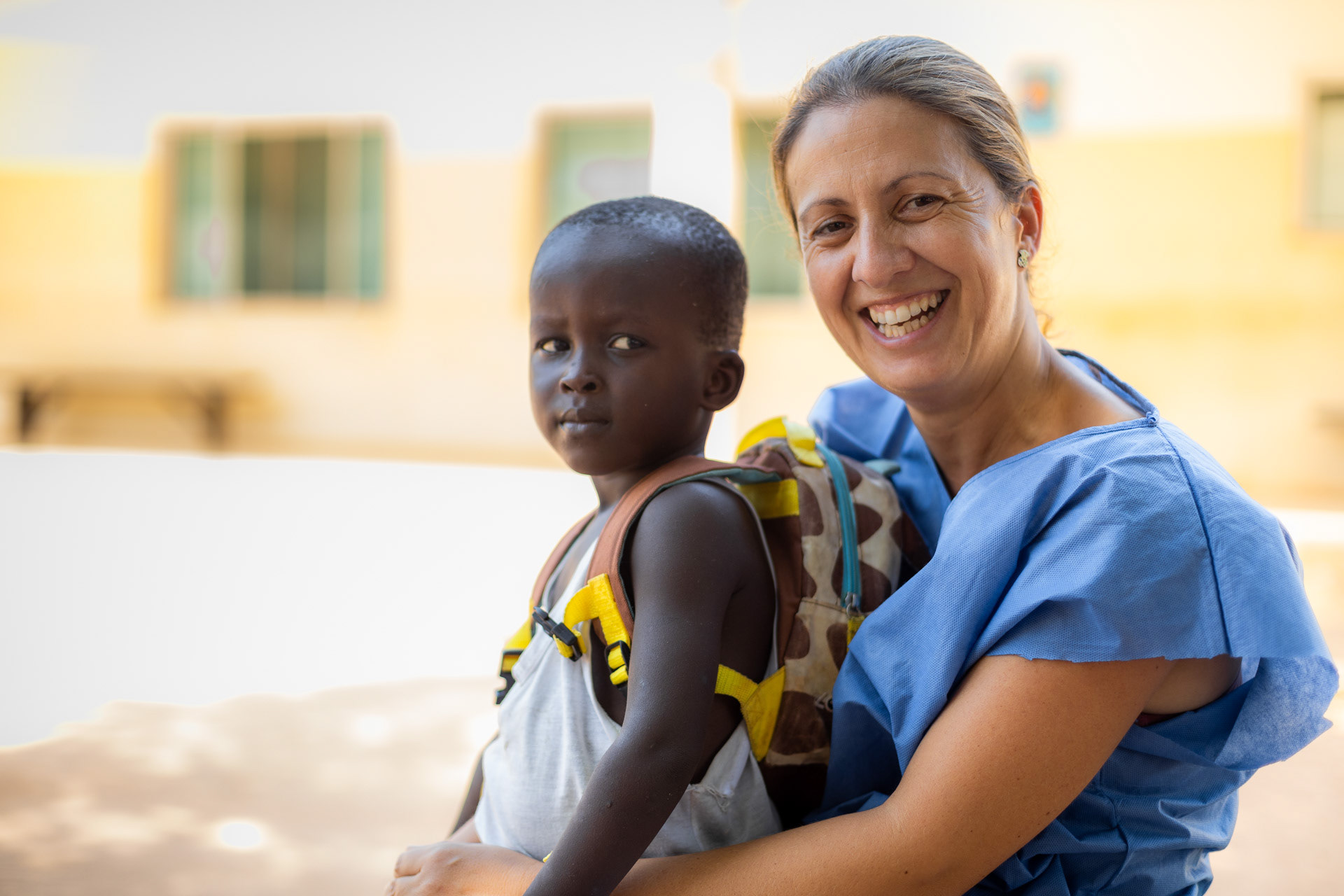
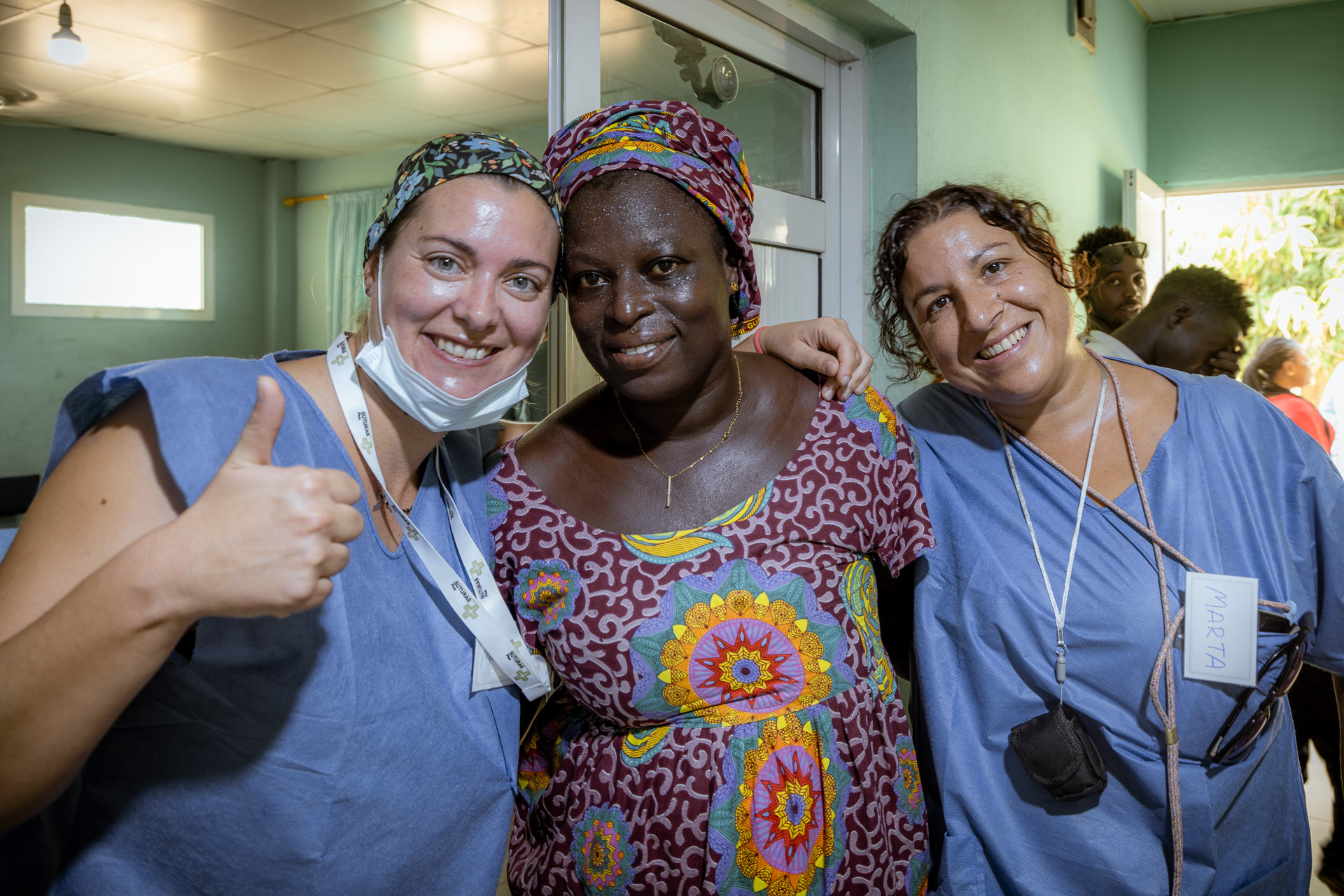

Now I’m back home. I have finally finished my selection of photos, my footage have been turned into a great documentary by the friends at The Good Ones (below) and I have finished reading the book too. A sad one in many ways which I strongly suggest you to read anyway, just to have a slight feeling of what slavery was about and how much Africans have been left scarred by colonization.
One last thought comes to my mind now. If also our roots are in these lands, shouldn’t we then call Africa "home" and its people "family"?
Viva Mallorca, viva Gambia, viva un mundo sin fronteras!
